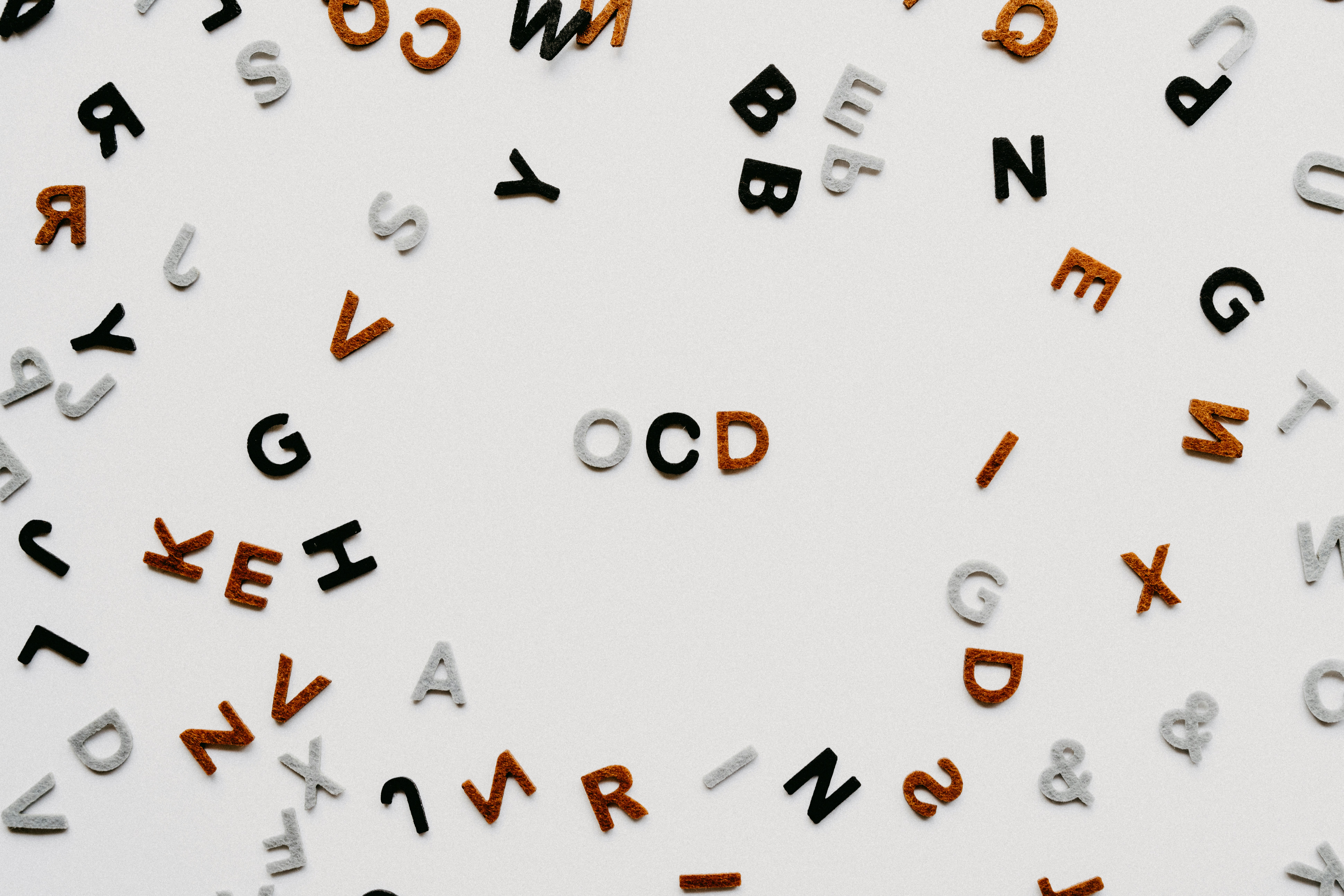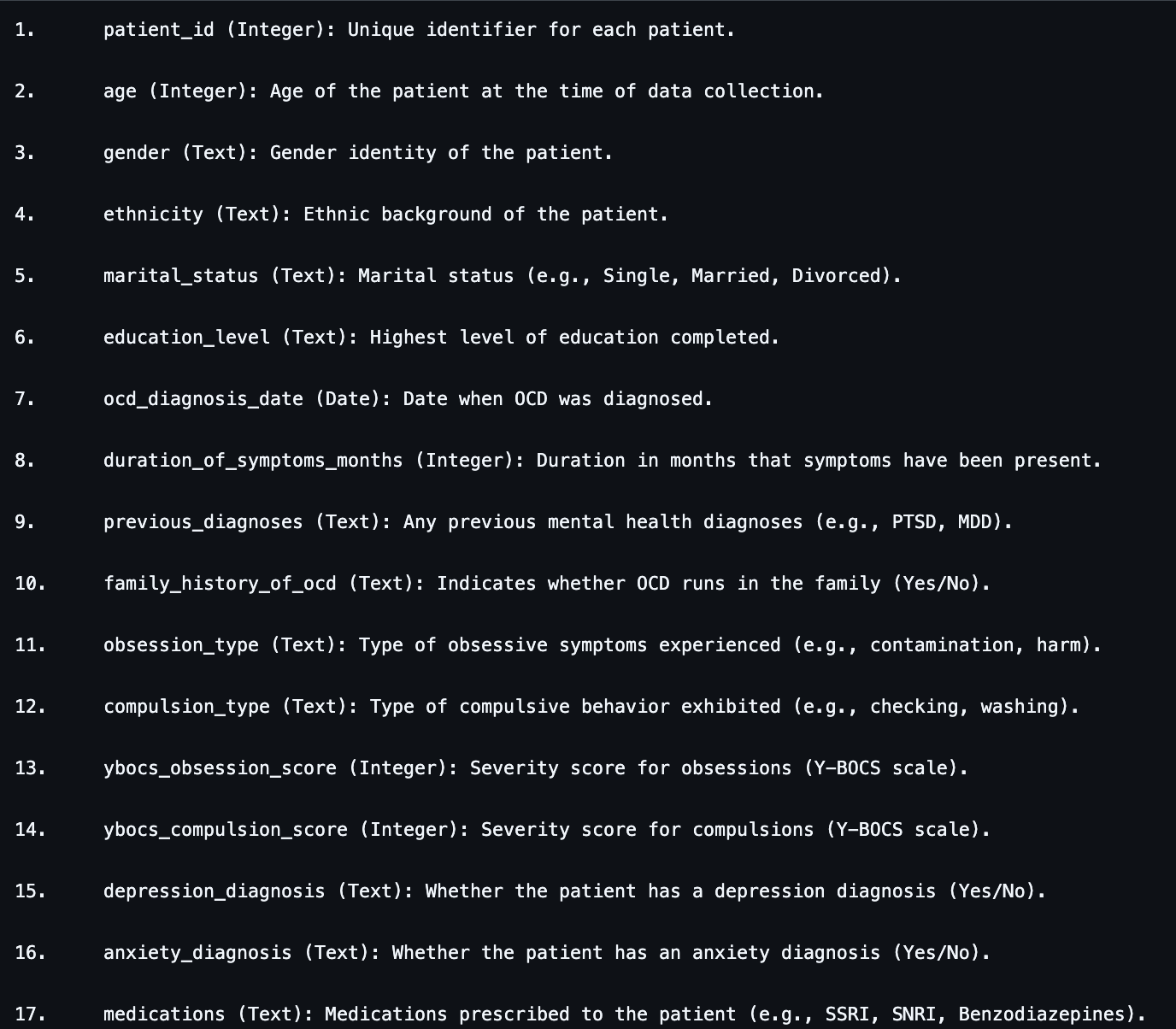OCD Patient Analysis

Project Overview
In this project I conduct a deep dive into understanding patterns and trends related to Obsessive-Compulsive Disorder (OCD). I designed and developed this project to explore various aspects of OCD, including demographic trends, symptom severity, and treatment insights.
I started by identifying key questions that could guide the analysis, such as understanding the age distribution of patients, the correlation between ethnicity and symptom severity, and the role of family history in obsession and compulsion types. These questions helped shape the structure of the project and the data exploration process.
Background
This project explores patterns and trends related to Obsessive-Compulsive Disorder (OCD) through data analysis. It was designed to gain a deeper understanding of OCD by examining variables such as patient demographics, symptom severity, and treatment methods. The dataset includes details on age, ethnicity, diagnosis year, symptom types, and medications, offering a comprehensive view of the condition.
Scenario
The analysis was driven by a set of key questions aimed at uncovering demographic and clinical insights. These included identifying the age distribution of diagnosed patients, calculating average obsession and compulsion scores, and examining the correlation between ethnicity and symptom severity. Additional questions explored the most common symptom types, the influence of family history, and the year with the highest number of new diagnoses.
Objective
The main objective was to extract meaningful insights that could inform both clinical understanding and future research. Specifically, the project aimed to highlight demographic patterns, identify symptom trends, and assess the impact of symptom duration on treatment choices. These insights can support more targeted interventions and improved patient care strategies.
Results
Demographic Trends and OCD Onset
The age distribution of patients range shows a higher potential of being diagnosed at the ages of 41-50. This could be due to a number of factors and more data would need to be collected.
The average compulsion score is 19.6 and the average obsession score is 20.04 out of 40.
While people that were ethnically caucasian had were diagnosed with OCD more often Hispanics showed a higher Obsession and Compulsion Score.
2018 had the most new diagnosis of people with OCD.

OCD Symptoms & Severity Analysis
The most common obsession type is harm-related and the most common compulsion type is Washing.
The obsession percentage difference between OCD patients with Fmaily History ranged from 2-7% while compulsion had ordering and washing at a percentage difference of above 20%. Washing as a compulsion tended to be more prevelant with people that had diagnosed OCD in their family while Ordering tended to be lass prevelant.

Treatment & Medication Insights
The most commonly perscribed medication in the dataset is Benzodiazepine with 386 instances. Although the difference between each medication instance is very small.
Patients with a longer symptom duration tend to be perscribed SNRI's.

